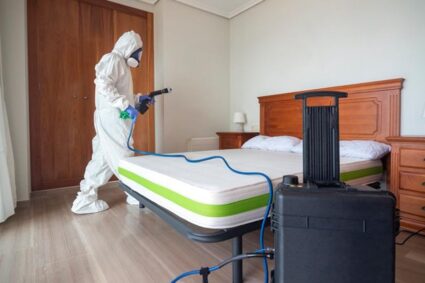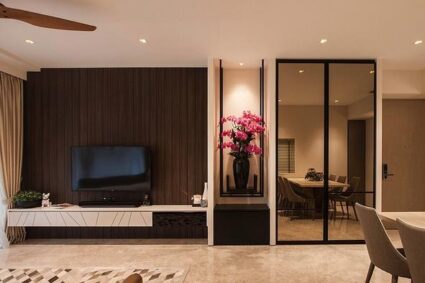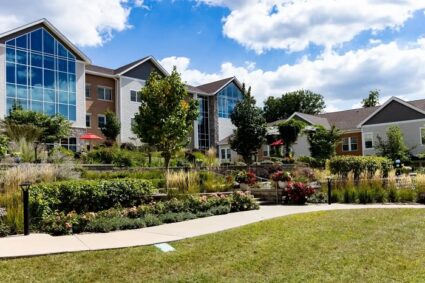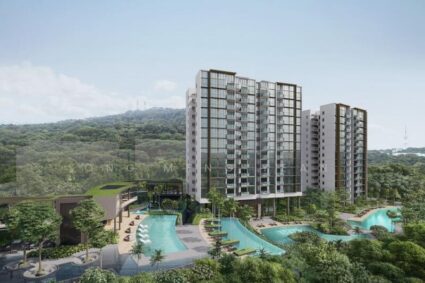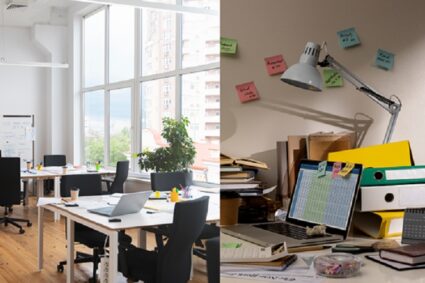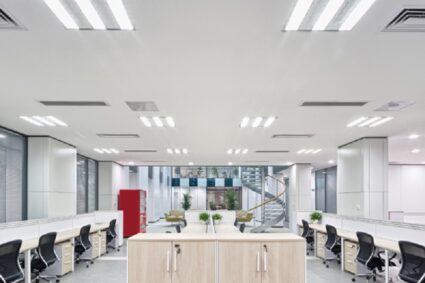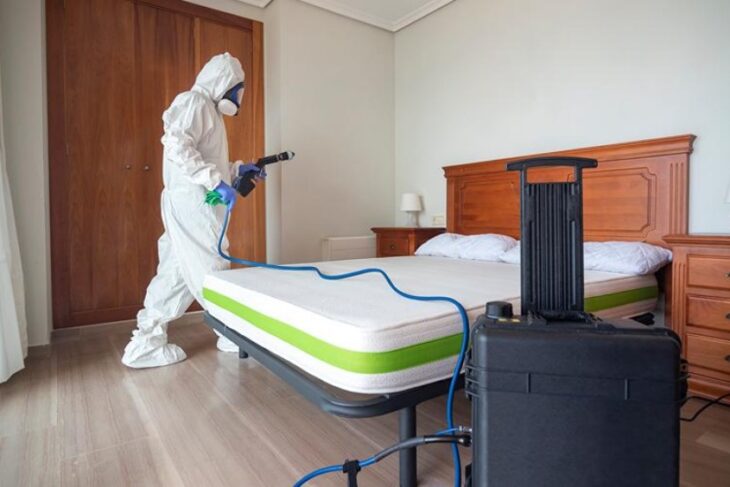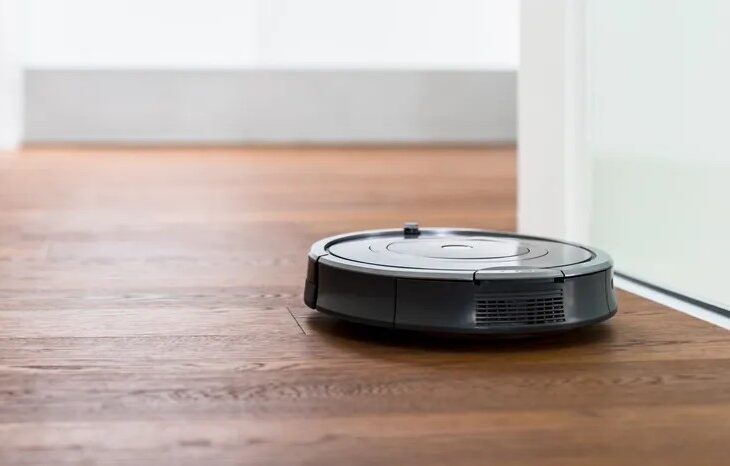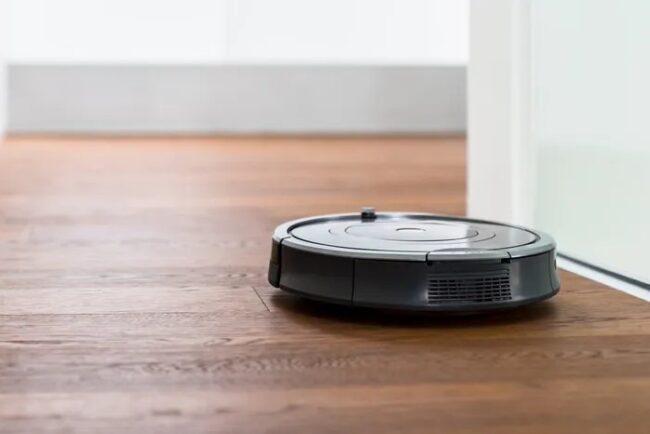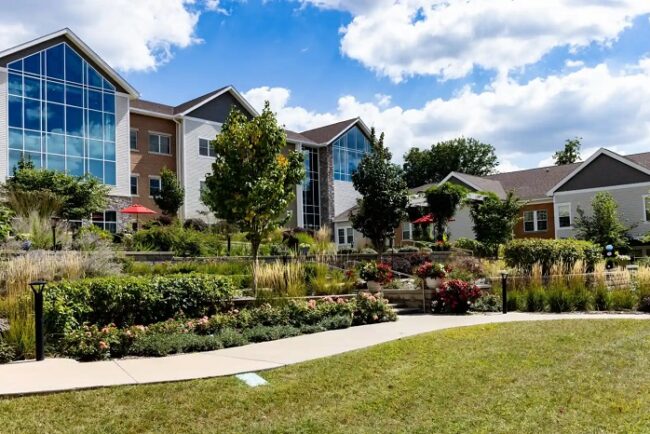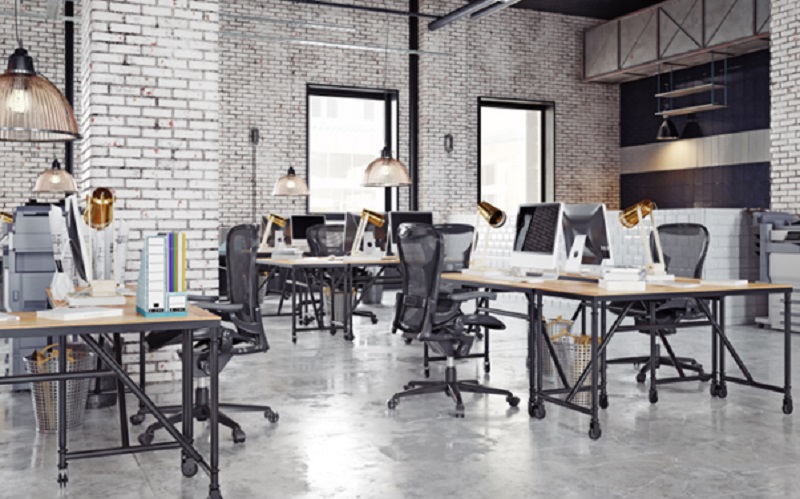
Corporate interior design plays a crucial role in shaping productive and inspiring work environments. However, several common errors can hinder the effectiveness and functionality of office spaces. Learn how to avoid these pitfalls to ensure a successful corporate interior design project.
- Neglecting Comprehensive Needs Assessment
One of the most critical errors in corporate interior design is neglecting to conduct a thorough needs assessment. Before embarking on any design project, it’s essential to understand the specific requirements and objectives of the organisation. This includes evaluating spatial needs, departmental workflows, client interaction areas, and future growth projections. By conducting a comprehensive needs assessment, businesses can tailor their interior design solutions to support operational efficiency and employee productivity effectively.
- Ignoring Employee Input and Feedback
A common mistake in corporate interior design is failing to involve employees in the design process. Employees are the end-users of the office space, and their input is invaluable for creating a workspace that enhances satisfaction and productivity. Designers should solicit feedback through surveys, focus groups, or individual interviews to understand preferences regarding workspace layout, furniture comfort, lighting preferences, and amenities. Incorporating employee feedback ensures that the final design meets their needs, fosters engagement, and promotes a positive work culture.
- Overlooking Ergonomics and Comfort
Ergonomic considerations are often overlooked in corporate interior design, leading to discomfort and decreased productivity among employees. It’s essential to prioritise ergonomic furniture, such as adjustable chairs, standing desks, and supportive accessories, to promote proper posture and reduce the risk of musculoskeletal disorders. Additionally, pay attention to lighting, acoustics, and temperature control to create a comfortable and conducive work environment. Designing with employee comfort in mind enhances well-being, boosts morale, and supports long-term health in the workplace.
- Neglecting Brand Identity and Corporate Culture
Another common error is neglecting to integrate brand identity and corporate culture into the office design. The workspace should reflect the organisation’s values, mission, and branding elements to create a cohesive and unified environment. Incorporate company colours, logos, and thematic elements into the interior design to reinforce brand identity visually. This not only strengthens brand perception among clients and visitors but also instils pride and a sense of belonging among employees.
- Poor Space Planning and Layout
Effective space planning is crucial for optimising office functionality and workflow efficiency. Poorly planned layouts can lead to wasted space, inefficient traffic flow, and departmental isolation. Work with experienced office interior design firms in Singapore to create open, flexible, and collaborative spaces that accommodate diverse work styles and team interactions. Consider zoning areas for focused work, meetings, collaboration, and relaxation to maximise space utilisation and promote seamless operations throughout the office.
- Underestimating Technology Integration
In today’s digital age, integrating technology into office design is paramount for enhancing productivity and connectivity. Businesses often make the mistake of underestimating the importance of technology infrastructure, including network connectivity, power outlets, AV systems, and smart office solutions. Collaborate with IT specialists and office interior designers to ensure seamless integration of technology throughout the workspace. Plan for future technological advancements and scalability to support evolving business needs and enhance operational efficiency.
- Failing to Consider Sustainability Practices
Ignoring sustainability practices in interior design for offices can lead to environmental impact and missed opportunities for cost savings. Embrace eco-friendly design principles by choosing energy-efficient lighting, recycled materials, and sustainable furniture options. Incorporate indoor plants and biophilic design elements to improve indoor air quality and employee well-being. Implementing sustainable practices not only reduces carbon footprint but also enhances corporate social responsibility and promotes a healthier workplace environment.
Conclusion
By sidestepping these common errors in corporate interior design, businesses in Singapore can create functional, aesthetically pleasing, and productive workspaces that support organisational goals and employee well-being. Collaborate with reputable office interior design firms that understand your specific needs and deliver innovative solutions aligned with industry best practices. Investing in thoughtful interior design enhances workplace satisfaction, boosts employee morale, and reinforces your brand identity in the competitive business landscape.
Contact Sennex Consultants today to get more information.

